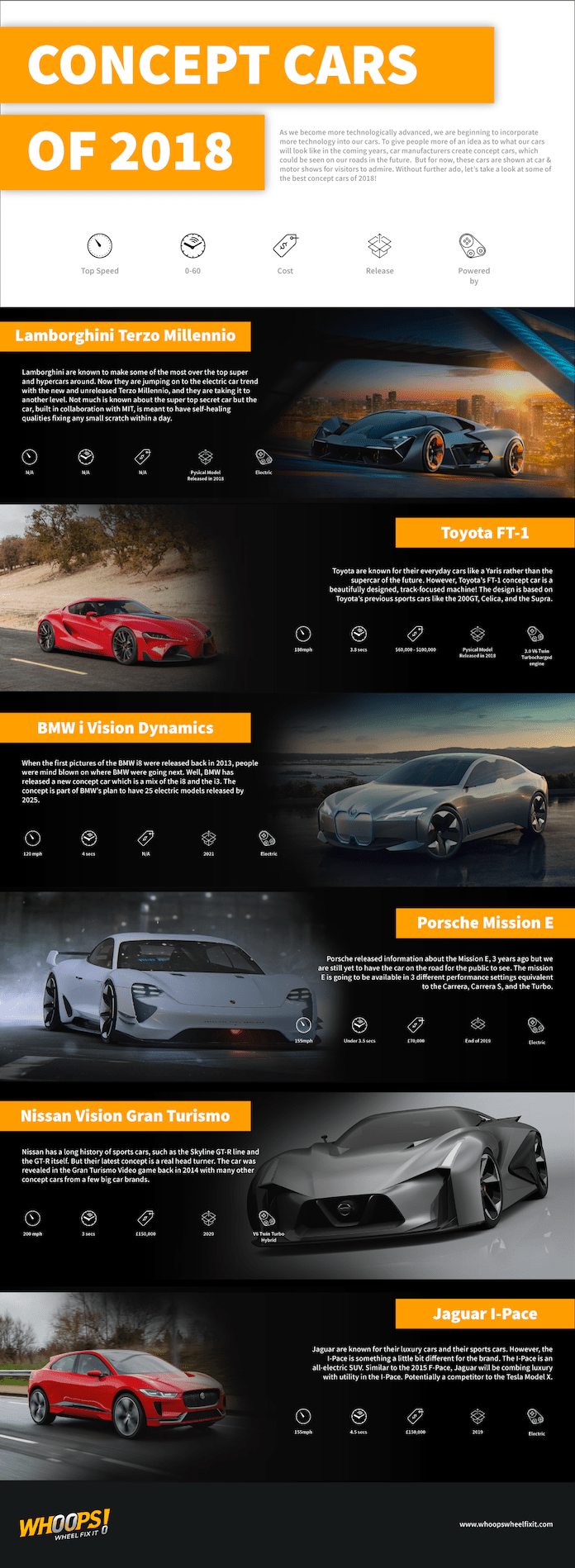If you’re looking to establish a small business that will rely heavily on an efficient and cost-effective vehicle fleet, it’s imperative that you manage this investment with great care and attention.
After all, this will represent a huge cost consideration and one that will be required to deliver a hefty ROI if your business is to be successful over a sustained period of time. Remember, just 40% of small businesses continue to trade after five years, with a lack of funding or the mismanagement of finances one of the most pressing challenges.
In this post, we’ll look at the key considerations for businesses looking to build their vehicle fleet, both in terms of the initial cost and its long-term operation.
Invest in reliable vehicles with a sustainable future
When you first look to build your fleet, you may be tempted to reduce costs by seeking out used or affordable vehicles. While there is nothing inherently wrong with this, it’s important to prioritise value over cost if you’re to achieve a viable ROI.
In the modern age, this requires you to consider hybrid or fuel-efficient vehicles that are less impactful on the natural environment. Not only these cars cheaper to operate and capable of lowering your brands’ carbon footprint, but it’s also important to note that a number of western governments (including the UK and France) have pledged to outlaw diesel and petrol vehicles by the year 2040.
So, by selecting more sustainable vehicles you can reduce your long-term costs while also establishing a fleet that can be maintained long into the future.
It’s also important to make sure that you invest in reliable vehicles, so undertaking a comprehensive HPI check is pivotal. These can be accessed through reputable, third-party resources such as www.cap-hpi.com, which have the distinction of having completed the very first history check in the automotive sector.
The information accessed here can be crucial, as it will help you to make an informed decision that benefits your brand.
How many vehicles do you need?
While it’s unwise to cut costs simply by investing in cheap cars, there are other areas in which it is more prudent to seek out savings.
Tailoring the number of cars in your fleet in relation to the demands of your venture is a relevant case in point, as this optimises efficiency and reduces your total outlay without compromising on the productivity of your venture.
The key is to determine cost and fuel-efficient routes for your vehicles, while also understanding the optimal load for each one. This way, you can reduce the total amount of mileage that your vehicles need to cover, negating the need for an excess number of cars that increase costs without delivering a return.
This requires careful planning and an intricate knowledge of the precise service that you intend to deliver, as well as a desire to be patient and grow your venture organically.
The importance of driver training
You cannot underestimate the role that drivers play in optimising the effectiveness and fuel-efficiency of your vehicle fleet, so training your employees can translate into significant time and cost savings over time.
By optimising the skill-sets of each driver and teaching them to accelerate and break with care, you can ensure far greater fuel-efficiency over a sustained period of time. Breaking less is particularly impactful, as anticipating traffic light changes and coasting to a stop translates into a far more fuel-efficient journey.
When applied across an entire fleet, this type of training can have a huge benefit on your venture, creating a purposeful fleet that truly delivers on its potential. Check out this infographic from Whoopswheelfixit.com, it shows all the coolest concept cars. Check it out for some truly drool-worthy cars!




